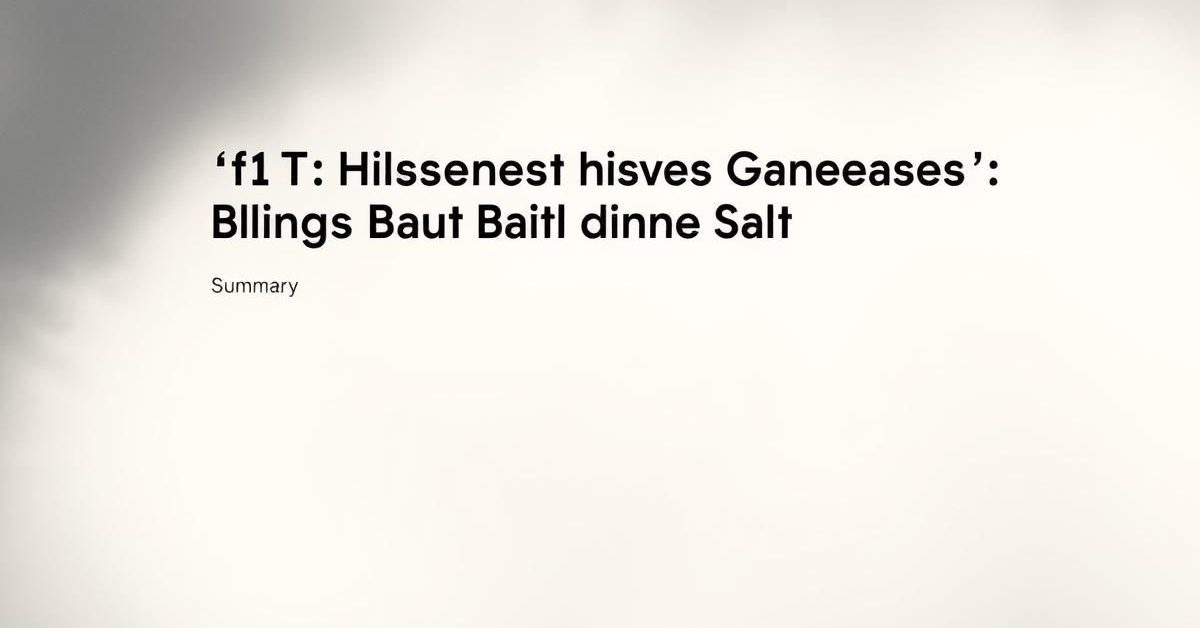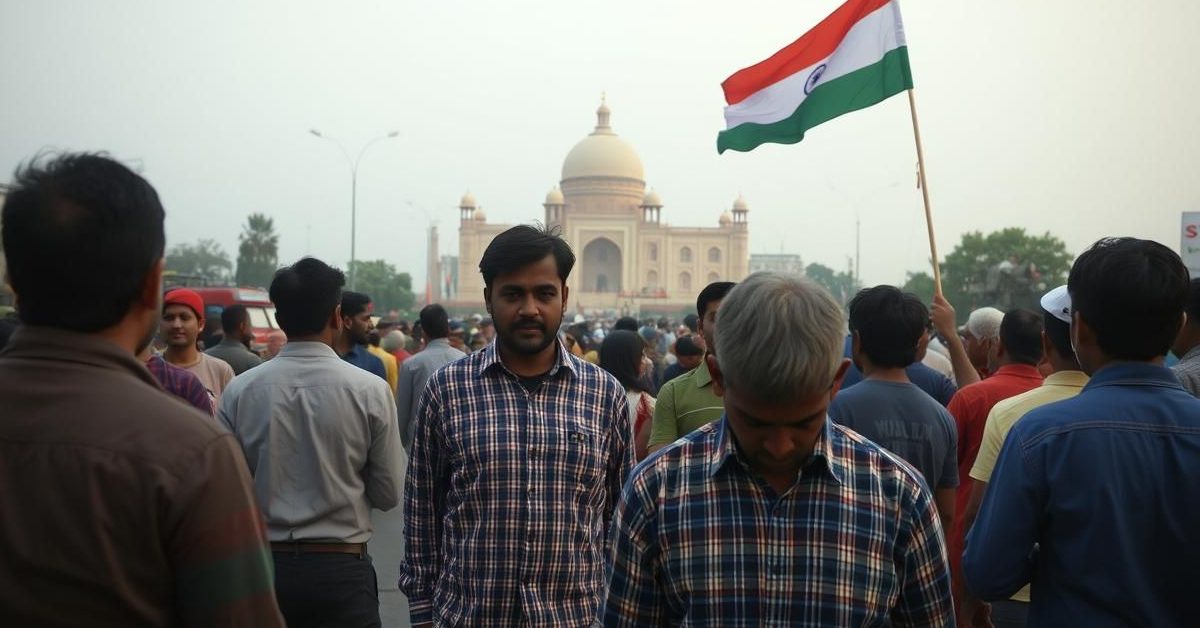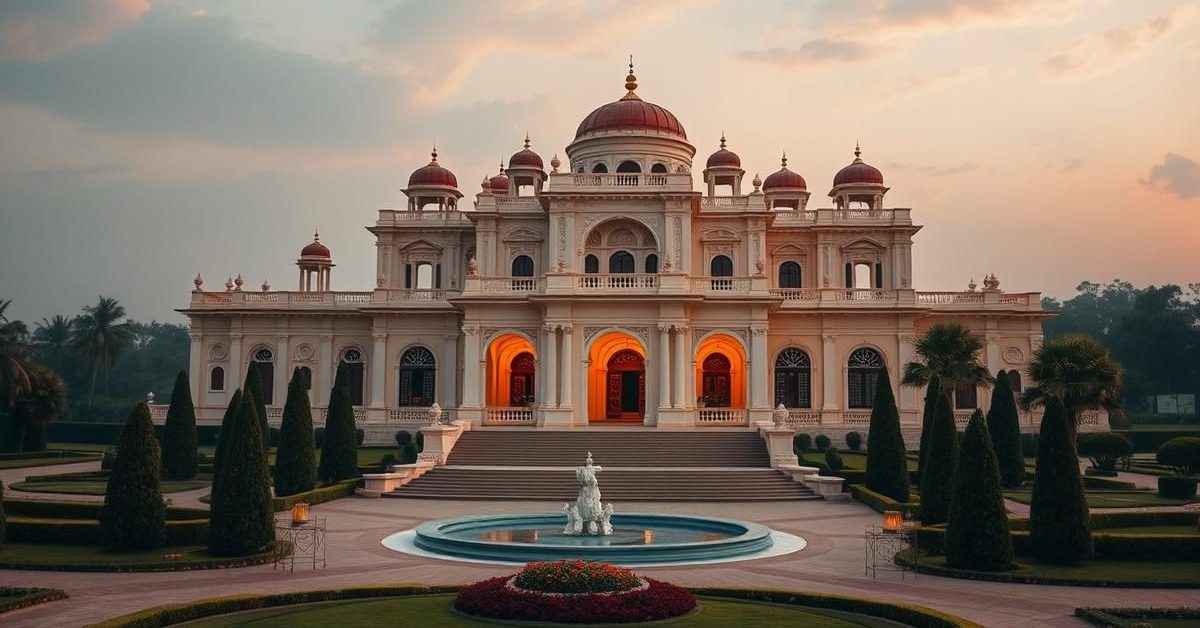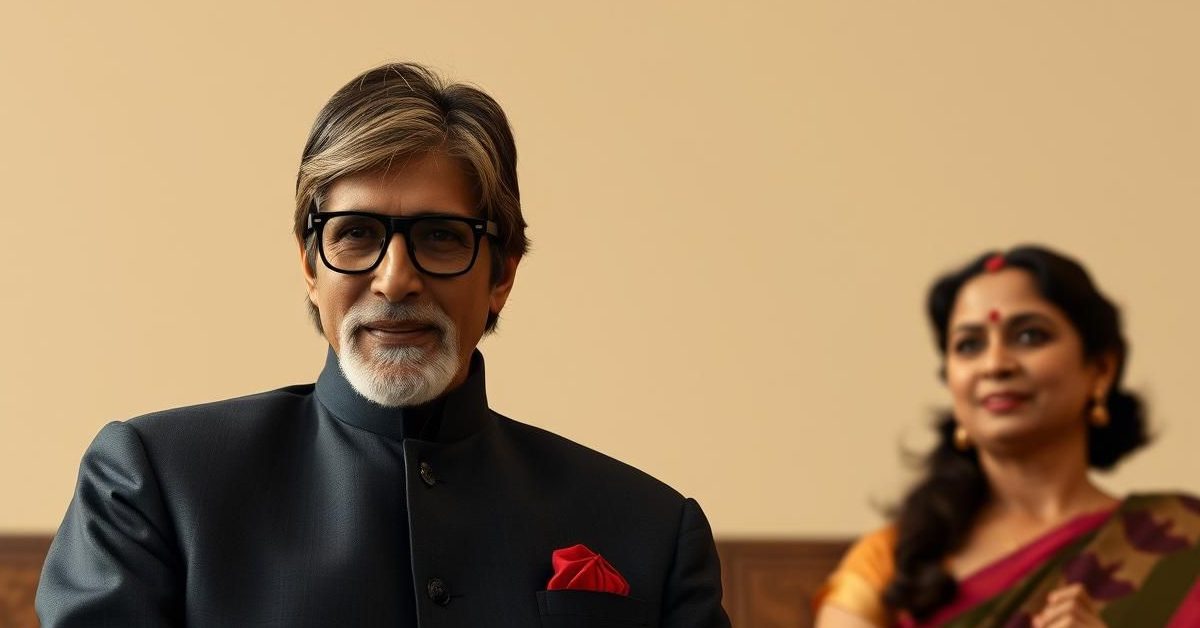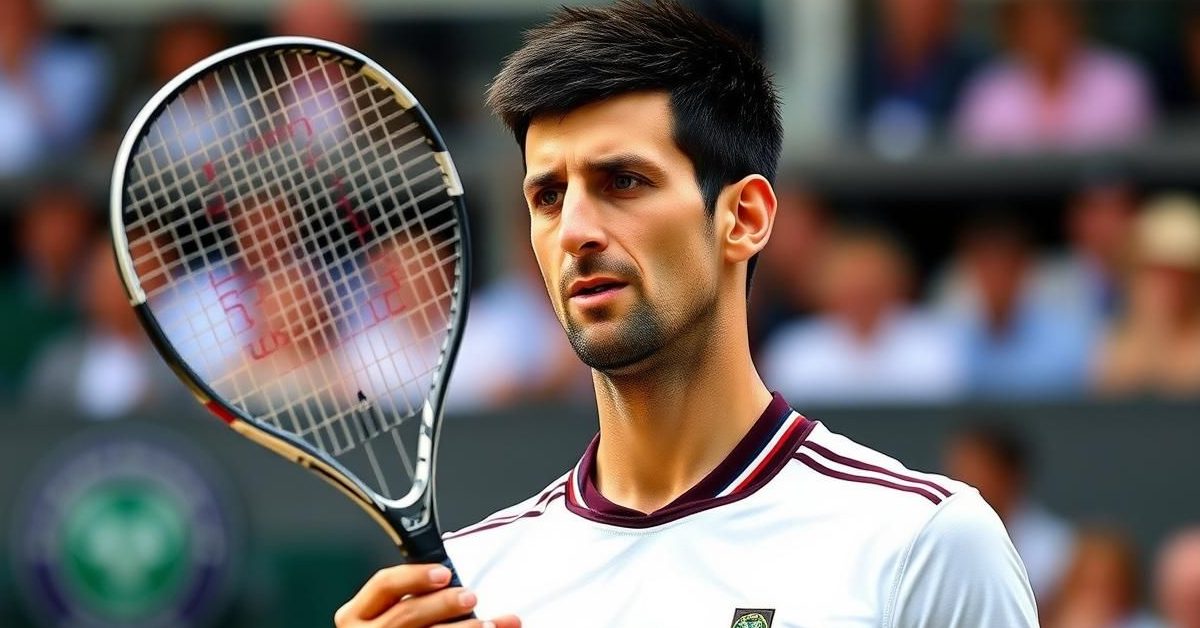In a media landscape increasingly obsessed with categorizing visual storytelling into “cinema” versus mere “content,” a certain cinematic phenomenon has roared onto the scene, unapologetically blurring these lines. That phenomenon is the highly anticipated *F1* film. It arrives like a perfectly executed pit stop – swift, exhilarating, deeply emotional, and overtly commercial. Yet, more profoundly, it serves as a powerful reminder of why we first fell under the spell of the silver screen.
Yes, this is undeniably a blockbuster, a true “popcorn movie.” But perhaps, it’s high time we shed the condescension often attached to that label.
The Art of the Blockbuster: Challenging Cinematic Snobbery
A peculiar brand of elitism often shadows the phrase “popcorn movie.” It subtly suggests something fleeting, intellectually shallow, or merely disposable. It implies that genuine cinematic artistry can only unfold through quiet, contemplative narratives, extended takes, or within the hallowed halls of prestigious film festivals. But anyone who has ever gripped their armrest during a heart-stopping chase sequence, or felt an electric current of goosebumps as a powerful orchestral score swelled in a packed auditorium, understands that the visceral thrill offered by commercial cinema is no less profound, no less sacred.
Emerging from an IMAX screening of the *F1* movie, my heart still pounding, breath suspended between utter awe and adrenaline, I wasn’t just entertained. I felt a renewed sense of purpose, a cinematic revival. It was a potent, physical affirmation that spectacle, when meticulously crafted with vision and profound care, isn’t the antithesis of art. Indeed, it *is* art in its most expansive, accessible form.
Joseph Kosinski’s Master Class in Grand-Scale Storytelling
When discussing true blockbusters – those cinematic juggernauts that command attention and fill stadium-sized screens – one name inevitably surfaces: Tom Cruise. He has never chased awards; his pursuit has always been the ultimate audience experience. The Academy’s recent decision to bestow upon him a career-first Honorary Oscar felt less like a golden statue and more a belated, public acknowledgment of a far greater contribution: Cruise doesn’t merely make movies; he passionately champions them.
During the harrowing peak of the COVID-19 pandemic, he was among the first global stars to implore audiences back into theaters, famously flying to London to personally support Christopher Nolan’s ambitious *Tenet*. This wasn’t merely promotion; it was a crusade for cinematic preservation. Cruise, beyond being an unparalleled star, has consistently acted as a fervent patron of the communal big-screen event. His last monumental commercial triumph, *Top Gun: Maverick*, was famously credited by Steven Spielberg as the film that “saved Hollywood’s a**.” That wasn’t hyperbole; it was history in the making.
Yet, Cruise was not alone in that endeavor. Director Joseph Kosinski, who returned after orchestrating the elegant aerial ballet of *Maverick*, now masterfully shifts his lens to the blistering tarmac for the *F1* film. Here, Kosinski undeniably cements his legacy as the next great architect of colossal-budget cinema – a visionary who intrinsically understands that spectacle devoid of soul is nothing more than cacophony. Kosinski doesn’t just choreograph speed; he composes with it. His action sequences, starring the likes of Brad Pitt and Damson Idris, aren’t haphazardly stitched together in post-production; they are meticulously scored like symphonies, replete with rhythmic precision, escalating tension, and deeply satisfying payoffs.
The Enduring Allure of Speed: A Personal Connection
Somewhere along the way, “popcorn movie” became a dismissive shorthand for anything not serious. But what if, instead of an insult, that label is actually an open invitation?
I confess, I’ve previously been skeptical of this very genre. I’ve raised an eyebrow at the colossal box office success of films like *Minecraft* or the dominant performance of *Animal*. Yet, the *F1* film struck me with the force of a half-forgotten memory, a powerful jolt of recognition. It transported me back to *Ta Ra Rum Pum*, a racing drama from Bollywood that, while perhaps not a critical darling, was my cinematic genesis into the world of speed. I found myself instinctively rooting for Saif Ali Khan’s character, RV. I hummed the title track for days. I felt a profound connection. Perhaps it’s not merely a predisposition for racing films, but rather that racing narratives inherently tap into something primal within us: the raw energy of motion, the exhilarating momentum, and the deeper meaning we seek in the chase.
The Communal Magic: Why Theaters Still Reign Supreme
There exists a strange, almost alchemical magic that unfolds within the hushed confines of a darkened theater. The collective gasp that ripples through the audience. The profound silence that descends just before the critical final lap. The very vibration of roaring engines that resonates deep within your ribcage. This profound sensory experience simply cannot be replicated on a phone screen. It was never meant to be. The *F1* film is a potent reminder of why we continue to gather in the dark – why we still crave those towering screens and that enveloping, cavernous sound. It underlines why the theatrical experience is far from dead; it’s merely been dormant, patiently awaiting the perfect ignition. And the *F1* film is nothing short of a powerful push-start for the future of cinema.
Reclaiming the Blockbuster: Where Art Meets Adrenaline
Let’s finally retire the antiquated dichotomy: the notion that profound art belongs exclusively at prestigious festivals like Cannes, while commerce is relegated solely to the box office. History vehemently refutes this. From the primal fear evoked by *Jaws* to the epic romance of *Titanic*, from the psychological depth of *The Dark Knight* to the groundbreaking visuals of *Avatar*, and now from the unparalleled spectacle of *Top Gun: Maverick* to the raw intensity of the *F1* film – blockbusters are demonstrably capable of possessing intellect, heart, and undeniable soul.
The *F1* movie doesn’t just argue for the validity of “popcorn movies”; it makes them intensely personal once more. It powerfully demonstrates that profound emotional depth and broad mass appeal are not contradictory forces, but rather exhilarating co-drivers. Beneath the screeching tires, the billowing smoke, and the turbocharged glitz, there lies a surprising philosophical undercurrent. It delves into the nature of time, the intensity of obsession, the ever-present shadow of mortality. It’s a compelling meditation on the intrinsic human need to pursue, to risk, to relentlessly move forward. Blockbusters like *F1* don’t diminish our intellect. They elevate us. They unite us, stir our emotions, and yes, they encourage us to enjoy a bucket of popcorn. And perhaps – just perhaps – that’s precisely what movies are ultimately meant to do.
